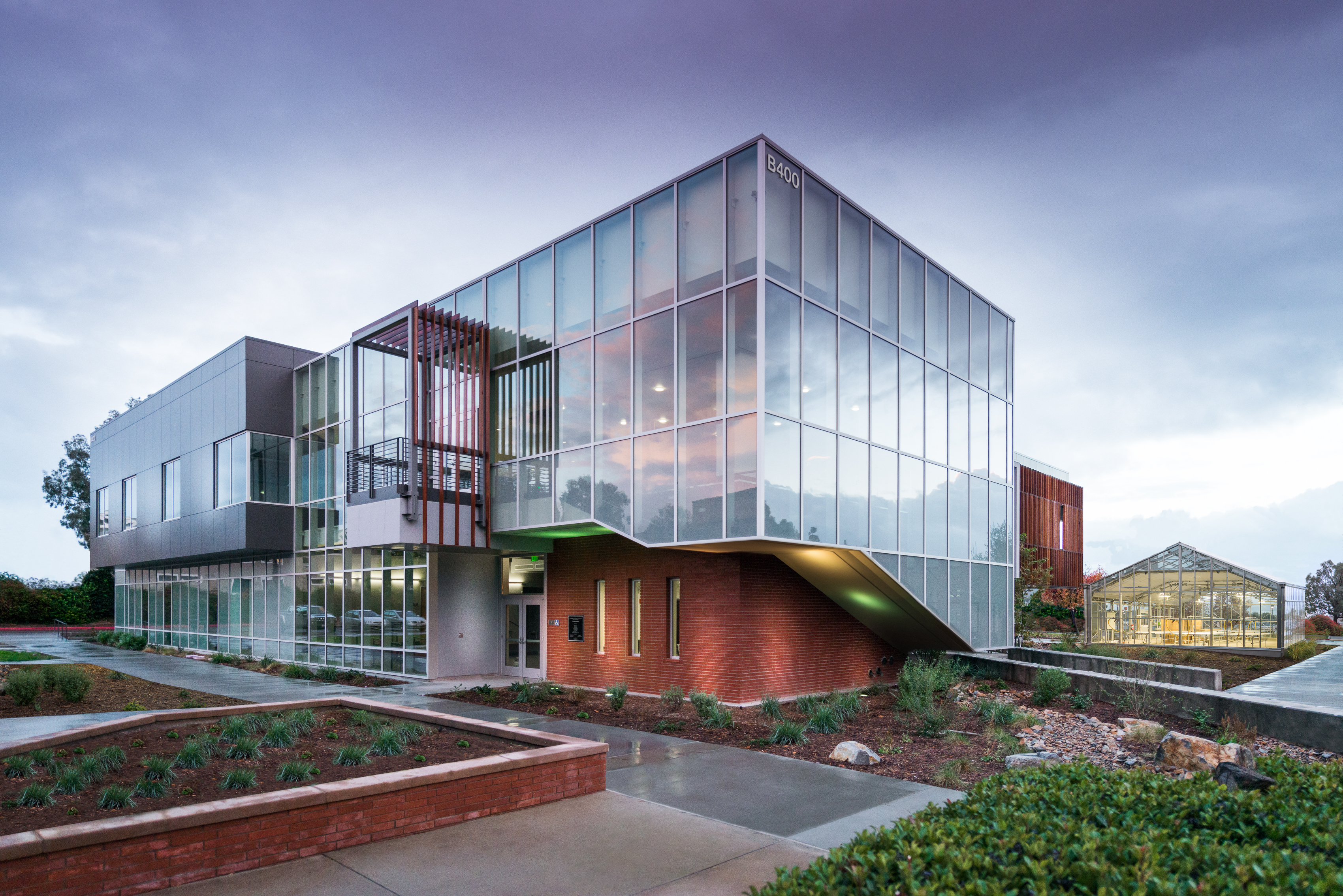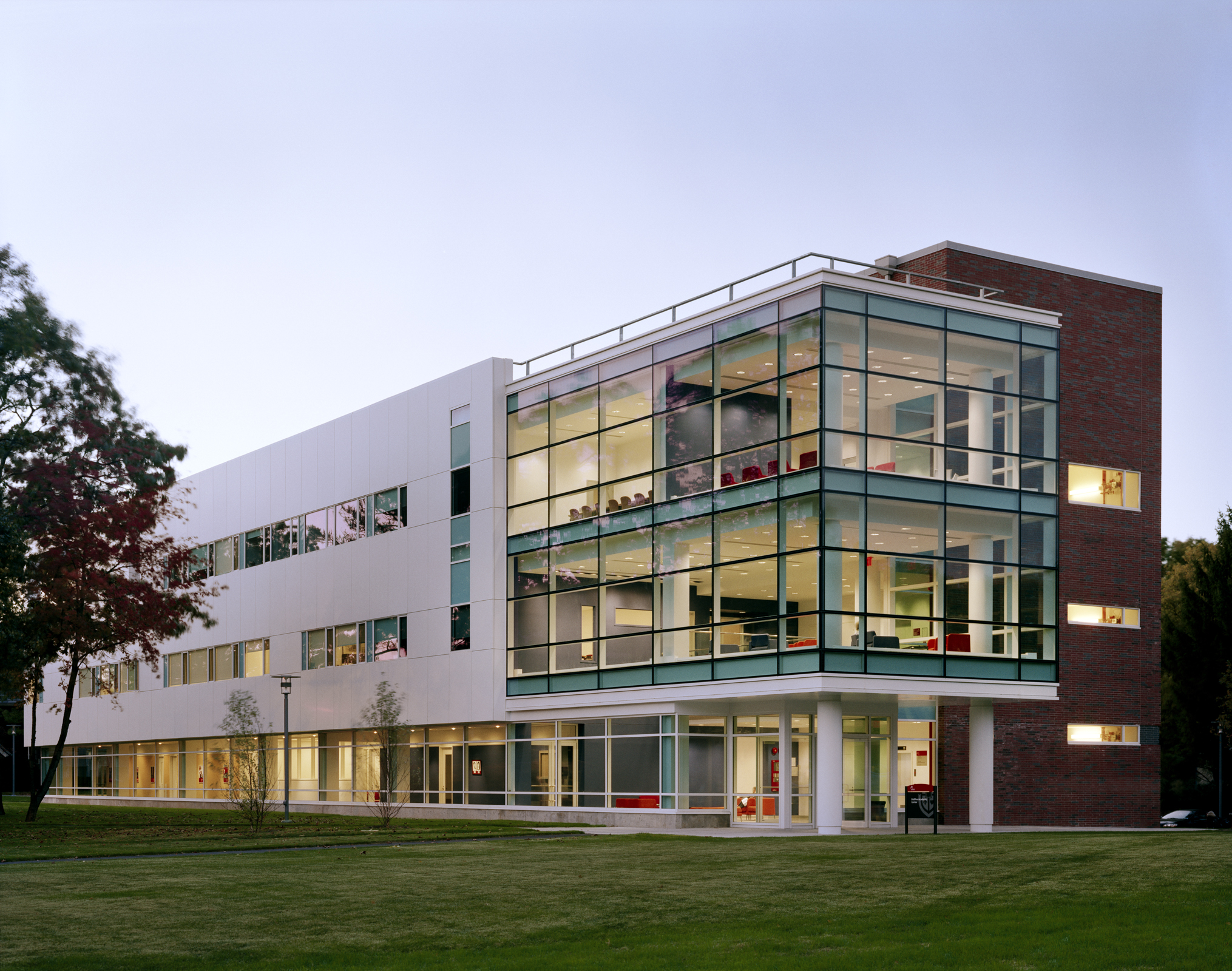By Betsey Olenick Dougherty, FAIA, LEED AP All firms have or will face the quandary of evaluating the best option for transition with retirement looming for its founding partners. Design prowess, business administration, and firm culture are all factors particular to each entity and their journey towards transition. This article explains the play-by-play process for one firm through the Leadership and Ownership Transition through the Merger Acquisition Experience.
The rolling five-year Clock
Like many Baby Boomers today, as husband and wife partners of an almost 40-year old California architectural firm, we had been contemplating our futures and the future of our firm for some time. Our staff and family affectionately referred to our plan as the rolling five-year clock. At whatever age we have been over the past few years, that five-year look-ahead has rolled along with us while assessing the right move. With the aid of a consultant, we reflected on our firm’s potential future, and were faced with a few options: close the door, turn the key, kiss everyone goodbye and go home; groom from within, train rising leaders, find a financially feasible ownership transition strategy for all, and identify rainmakers; consider an Employee Stock Ownership Plan (ESOP) to spread the responsibility and financial security/risk; or consider a merger/acquisition by finding the right partner. We analyzed each option with respect to our goals and priorities.
Options
- Closing the doors is not what we wanted. We had worked hard to build a great studio and staff, and did not want to throw it away. We felt there was value in our staff and their futures, and in our public clientele, who shared our cultural values to make a difference.
- Grooming from within was always of interest to us, providing opportunities for growth to great people we have trusted and have wanted to empower. Questions always arose regarding how to get skin in the game without impacting the financial security of the firm. The responsibility related to marketing and business development to keep work flowing to sustain profitability was an area of mutual concern. Our eventual transition strategy implemented a hybrid of this option.
- In discussions with our trusted attorneys and accountants, we were convinced that the ESOP option was not a good match for us, so we did not pursue it further.
- The merger/acquisition is a topic that led us to consider what would be important to us, and we had been approached in the past. How do we find a collaboration that checks all of the boxes: a firm that values the two of us as the firms founders, where we can be a meaningful part of a transition over a reasonable period of time; a situation that provides financial value for us and for our vested interest leadership; a firm that shares our office culture of mentorship and social responsibility; a firm that values equity and diversity with fair opportunities for advancement and salaries; a firm with a history of sustainable and high performance building design; a firm with compatible design sensibilities; and a firm that offers value to us and we offer value to them.
Next steps
To move the process along (we are not getting any younger), we chose to transfer from an LLP, which was suitable for a husband and wife team, to an S Corporation. The S Corp accommodated the sale of shares for a small vested interest in the company to leadership interested in a future with us. This was structured to allow us to follow a strategy of “growing from within”. At this point we were receptive to a merger, but were not actively pursuing one.
There is somebody you should talk to….
The phone rings at the office one morning, and my husband/partner answers it with a “good to hear from you” reply. It is our consultant (mentioned previously), walking the streets of New York, with a suggestion that “there is somebody you should talk to.” He just left a meeting with the Principal of a large New York Architectural firm which had been growing over the past few years through mergers with selected firms nation-wide and world-wide. California expansion within our practice areas was on his mind, and you might say that our mutual consultant played the role of matchmaker. Two weeks later, we met three representatives of that large New York firm in our office in California on a Saturday. One day and a cordial lunch together was enough to convince us that this opportunity had great potential for each firm. We were looking for a partner that could expand our potential and provide us with the future we were looking for. They were looking for a like-minded firm strategically located to expand their base, and to meet the senior leadership goal of merger with the purchase of shares from those also looking forward to the future. The following pair of images show the matching design sensibilities between the firms.
 |
 |
It doesn’t just happen
It was nearly a year before the official merger was complete and went public. Initially, we went through the “getting to know you” period, which was so important. We took time to meet key individuals, visit each other’s offices, discuss money, review respective responsibilities, arrive at a Memorandum of Understanding, get respective attorneys, insurance carriers, and accountants together, and the myriad of considerations that all deserved attention. It far exceeded our expectations in terms of time and effort, but it was a necessary process to confirm that every moving part was coordinated. That included finding a way to enable our vested interest leadership staff to transfer shares to the new merger coming in. That skin in the game ultimately involved five people, including us, who brought with them a strong commitment to success. Interior examples showing the matching design sensibilities between the firms.
Where are we now
It has now been ten months since the merger. It is interesting to note how much has changed and how much has remained the same. Every firm has its own way of managing projects and finances. Even with the same management software platform, this transition has required training and discipline. As we expected, the resources now available to us are remarkable, the firm culture of a studio is still alive and well, and important issues such as mentorship, social responsibility, equity and diversity, sustainability, and design excellence are incredibly compatible and supportive. The California studio is quite pleased to know that we have value that extends to the entire firm, primarily based upon the amazing skill sets that we and our staff bring to the company. Our young California staff are becoming actively engaged in the firm’s formal mentorship program, the Women’s Leadership Initiative, the Green Committee with their pursuit of the 2030 Challenge, and the Technology committees. We are still dealing with those little unexpected challenges that seem to pop up, and are looking forward to tying up loose ends. We were told to expect the merger to take a year, and we will be just about on schedule.
Finale
In November, we will be celebrating the 40th anniversary of our former firm, and the permanent retirement of our name from the letterhead and front door. It will be a time of final transition, with everything to celebrate, and a good excuse for a party.
_____________________________________
Betsey has been active in AIA leadership for 42 years, including AIAOC President, AIA California President, AIA Regional Board of Directors representing California, AIA National Secretary, and Chancellor of the AIA College of Fellows. She remains active in her professional society, and serves on the California Architects Board Professional Qualifications Committee. She also serves as Executive Committee member of the Academy of Neuroscience for Architecture (ANFA), a Latrobe Prize winner. She and her husband and partner Brian recently merged their nearly 40-year old Orange County, California firm, Dougherty Architects, Inc. with Perkins Eastman DPC of New York City. You can reach the author at Betsey.Dougherty@perkinseastman.com. Letter from the Editor + Resources >